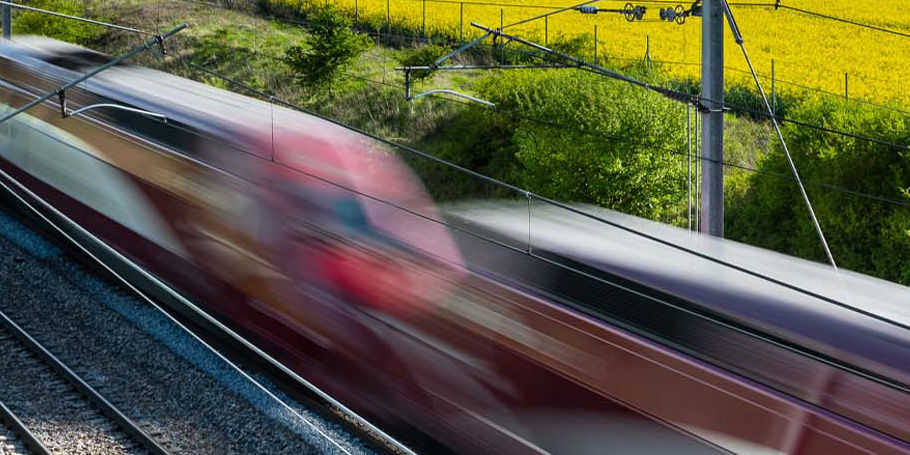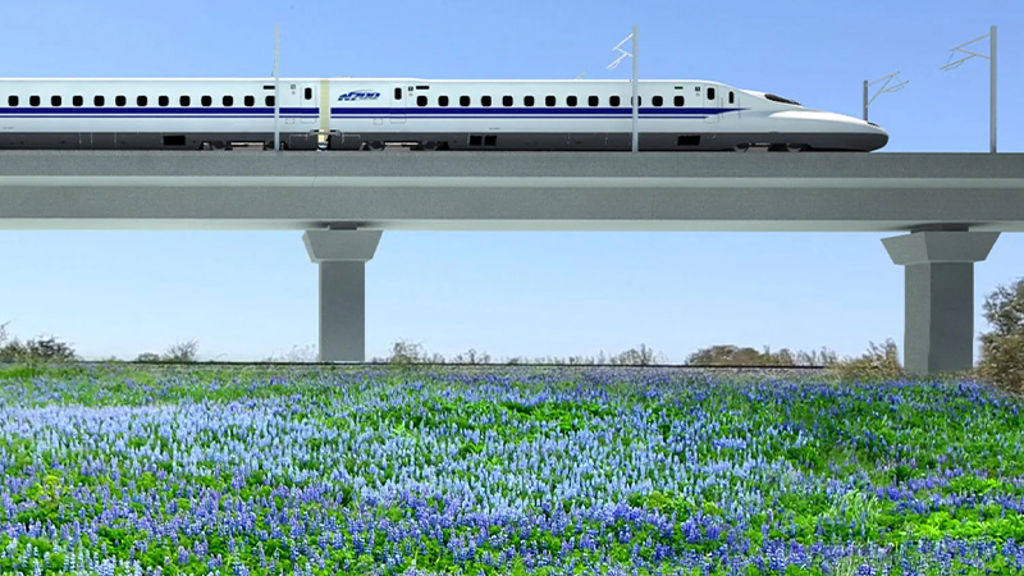Deutsche Bahn is setting the course towards net zero. The company wants to be climate-neutral by 2040 and future-proof existing and newly built infrastructure to withstand the expected effects of climate change. Arup was commissioned to conduct climate proofing assessments of four cross-border railway projects connecting Germany with the Netherlands, Poland, Switzerland, and Denmark.
The assessments centred around determining the potential reduction in CO₂ emissions through the implementation of these projects. They also examined the potential climate threats that could impact the rail infrastructure in the future, and how to effectively mitigate these risks to maintain a climate-resilient rail system.
The results of these climate proofing assessments were intended to serve as a basis for sustainable investments decisions and for the authorisation of EU funding.
Decarbonising railway infrastructure
As part of the climate proofing assessment, Arup calculated and monetised the operational and user-related greenhouse gas emissions of four infrastructure projects, using the European Investment Bank's Carbon Footprint Methodologies. Arup subsequently assessed the compatibility of the results with local, national, and European climate targets for 2030 and 2050. The results emphasise that the partial shift of passenger and freight transport from road to rail is an important step towards a net-zero footprint in the transport sector.
One of the projects under evaluation was the extension of the railway line between Angermünde and Szczecin, expected to be in operation by 2026. This route, approximately 30 km in length, aims to enhance the connectivity between Germany and Poland. The route upgrade includes not only electrification and expansion to a double-track system, but also an increase in the speed limit from 120 to 160 kilometres per hour.
Climate-resilient transport infrastructure
Our assessments included the calculation and monetisation of operational and user-related greenhouse gas emissions according to the EIB Project Carbon Footprint Methodologies as well as a climate resilience analysis aligned to the EU taxonomy, which included a probability and vulnerability analysis, a climate risk assessment and an analysis of adaptation measures and monitoring mechanisms. All analyses were assessed on compatibility with local, national, and European climate targets for 2030 and 2050.
In the coming years, most of our transport infrastructure will be exposed to extreme temperatures, extreme winds, and forest fires. As part of the climate proofing assessments, Arup prepared a climate resilience analysis for each railway project, in alignment to the EU Taxonomy. Based on a probability analysis of the climate hazards and a vulnerability analysis of the system elements, a climate risk assessment was conducted, followed by an analysis of adaptation measures and monitoring mechanisms. The findings from these analyses inform about the likely impact climate risks such as extreme heat, cold, flooding or storms can have und form the basis for decisions how to address such risks to design a rail network that is resilient to the effects of climate change.
The climate proofing assessments were prepared in accordance with the European Commission's technical guidelines for the climate-proofing of infrastructure (C373/2021).









